Optimal Timing for Waterproofing Projects
Waterproofing is a crucial aspect of building maintenance that protects structures from water intrusion, preventing damage and prolonging lifespan. Proper timing of waterproofing applications ensures optimal effectiveness and durability. Factors such as weather conditions, temperature, and humidity influence the ideal period for installation. Understanding seasonal variations can help determine the best time to perform waterproofing projects.
Spring offers moderate temperatures and lower humidity, making it suitable for waterproofing projects before heavy rainfall begins.
Warm weather and longer days facilitate effective application, but high humidity and rain can delay or compromise work.
Ideal for sealing before winter, fall provides cooler temperatures and dry conditions, ensuring proper curing.
Generally not recommended due to freezing temperatures and snow, which hinder proper application and curing.
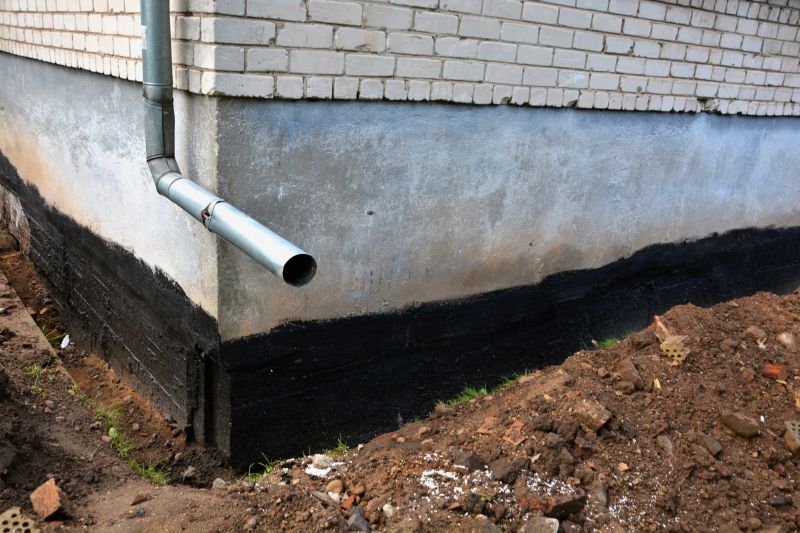
Spring weather provides ideal conditions for effective waterproofing projects.

Summer offers longer days, but careful scheduling is needed to avoid rain delays.

Fall's dry, cool weather helps ensure proper curing before winter.

Ways to make Waterproofings work in tight or awkward layouts.
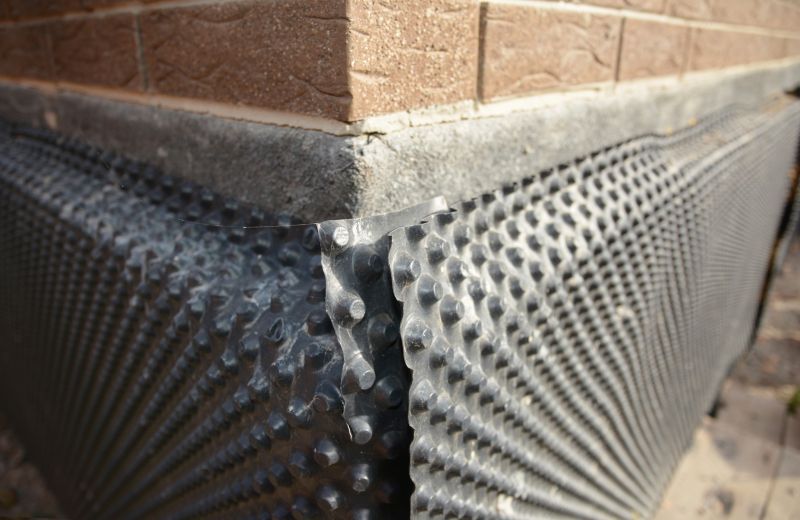
Popular materials for Waterproofings and why they hold up over time.

Simple add-ons that improve Waterproofings without blowing the budget.
| Season | Weather Conditions |
|---|---|
| Spring | Moderate temperatures, low humidity, minimal rain |
| Summer | Warm temperatures, higher humidity, occasional rain |
| Fall | Cooler temperatures, dry conditions |
| Winter | Freezing temperatures, snow, and ice |
Waterproofings involve applying specialized materials to surfaces to prevent water penetration. These materials include sealants, membranes, and coatings designed to withstand various environmental conditions. Proper application techniques and timing are essential to maximize the lifespan of waterproofing systems. Statistics show that correctly timed waterproofing can extend the durability of a structure by several years, reducing maintenance costs and structural risks.
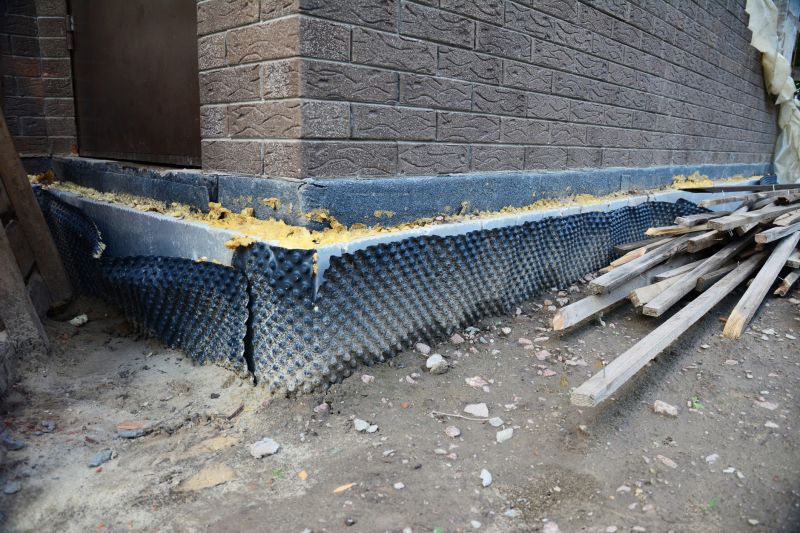
Various materials are used depending on the application and environmental conditions.
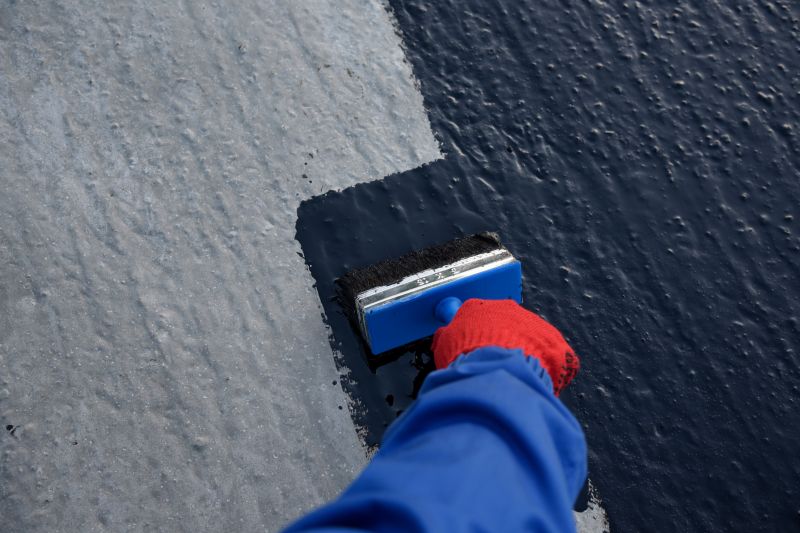
Proper surface preparation and application methods are vital for effective waterproofing.

Allowing adequate curing time ensures the durability of waterproofing layers.
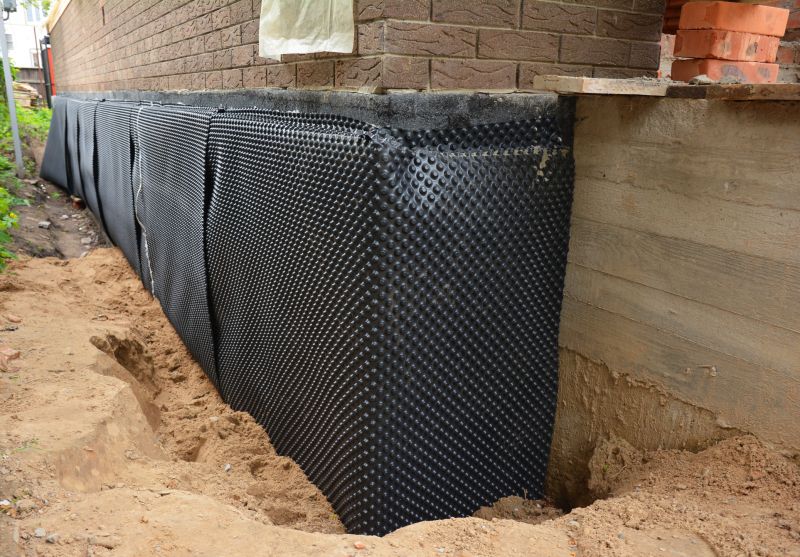
Regular inspections help identify and address potential issues early.
For those considering waterproofing projects, understanding the optimal timing and conditions can improve results significantly. Proper planning and execution contribute to long-lasting protection against water damage. Interested parties are encouraged to contact for further guidance on scheduling and materials suitable for their specific needs.

